Introduction
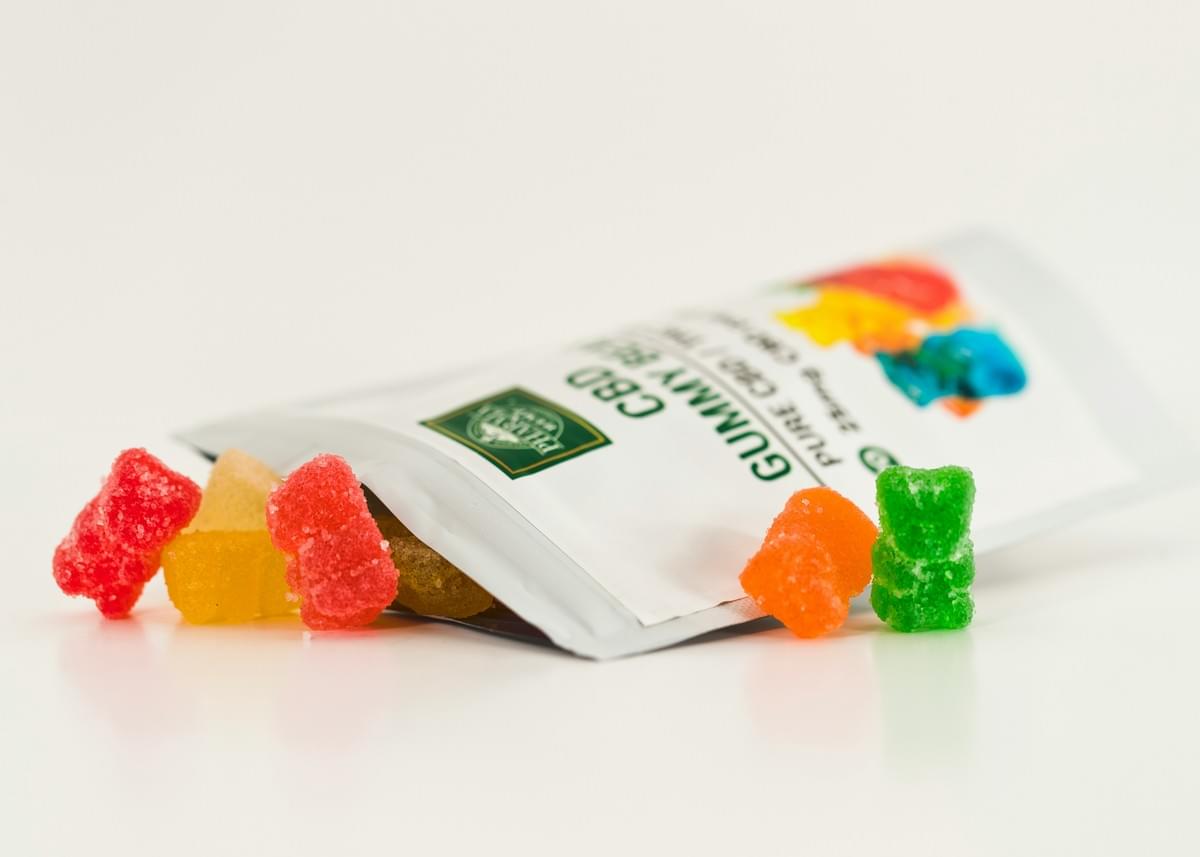
In the world of packaging, the choice of adhesive plays a pivotal role in ensuring product integrity and safety. Water-based polyurethane adhesive is gaining traction as a versatile solution for various applications, particularly in high barrier packaging scenarios. This introduction will explore the significance of these adhesives, especially when paired with aluminum foil, and provide an overview of the different types available for laminate applications.
Understanding Water-Based Polyurethane Adhesive
Water-based polyurethane adhesive is a modern marvel in the realm of adhesives, offering an eco-friendly alternative to traditional solvent-based options. Composed primarily of polyurethanes dispersed in water, this type of adhesive boasts excellent bonding properties while minimizing harmful emissions. Its versatility makes it suitable for various applications, including aluminium foil package adhesive and aluminum blister adhesive.
Importance of High Barrier Packaging
High barrier packaging is crucial for protecting sensitive products from moisture, oxygen, and light exposure—factors that can compromise quality and shelf life. In industries such as pharmaceuticals and food packaging, using effective medicine package adhesives ensures that products remain uncontaminated and maintain their efficacy over time. As consumer awareness grows regarding product safety and sustainability, the demand for reliable laminating glue solutions continues to rise.
Overview of Adhesive Types
When it comes to selecting the best glue for laminate projects, understanding the various types available is essential. Options range from solvent-based adhesives to water-based formulations like polyurethane adhesives that offer unique benefits in terms of performance and environmental impact. Each type has its strengths; however, water-based options are increasingly favored due to their adaptability with materials like aluminum foil while providing robust bonding capabilities.
What is Water-Based Polyurethane Adhesive
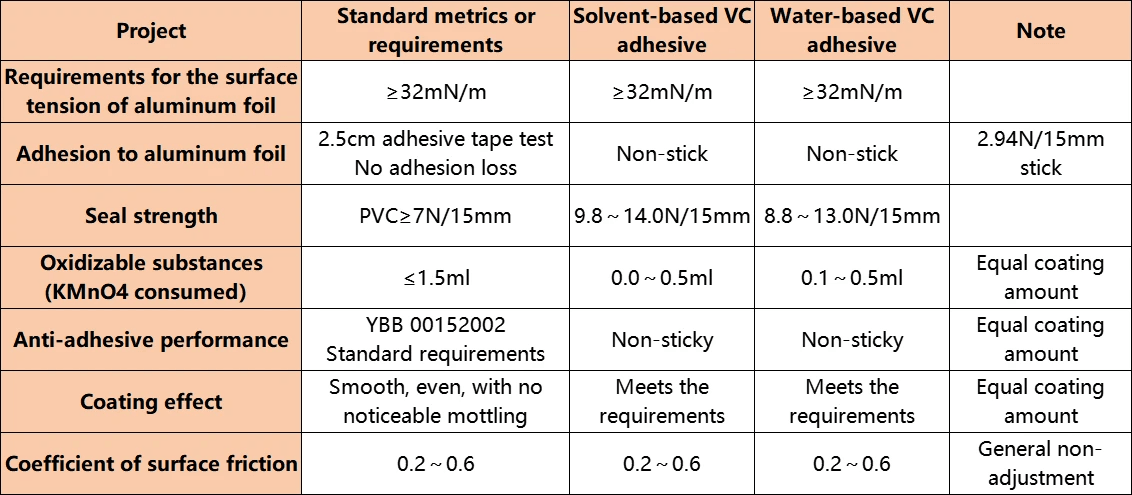
Water-based polyurethane adhesive is a versatile and eco-friendly bonding solution that has gained traction in various industries, particularly in packaging. This type of adhesive utilizes water as the primary solvent, making it less harmful to the environment compared to traditional solvent-based adhesives. The formulation typically includes polyol and isocyanate components that react to form a durable bond, ideal for applications requiring high performance.
Definition and Composition
At its core, water-based polyurethane adhesive consists of polymers dispersed in water, which allows for easy application and clean-up. The composition usually features a blend of polyols derived from renewable resources and isocyanates that contribute to the adhesive's strength and flexibility. This combination results in an effective aluminium foil package adhesive that can withstand various environmental conditions while maintaining excellent adhesion properties.
Benefits of Water-Based Formulations
One of the standout benefits of water-based formulations is their low volatile organic compound (VOC) emissions, making them safer for both users and the environment. These adhesives also offer superior flexibility and durability once cured, ensuring long-lasting bonds crucial for products like medicine package adhesives or aluminum blister adhesives. Additionally, their ease of application makes them a favorite among manufacturers seeking efficient laminating glue solutions without compromising on performance.
Applications in Packaging
Water-based polyurethane adhesives find extensive use across various packaging applications due to their excellent bonding capabilities with different substrates. They are particularly popular in creating aluminium foil packages because they provide strong adhesion while allowing for optimal barrier properties essential for product protection. From food packaging to medical supplies, these adhesives serve as the best glue for laminate projects where reliability and safety are paramount features, ensuring products remain intact during storage and transportation.
The Role of Aluminium Foil in Packaging
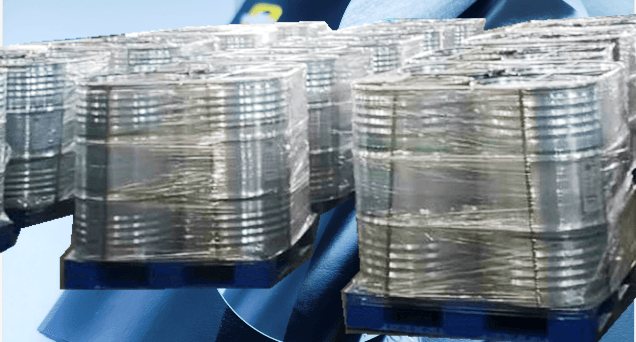
Aluminium foil has established itself as a key player in the packaging industry, especially when it comes to creating effective barriers for sensitive products. Its unique properties not only enhance the shelf life of various items but also ensure that they remain protected from external factors like moisture, light, and air. When paired with the right adhesives, such as water-based formulations or specialized aluminium blister adhesive, aluminium foil packages can offer unparalleled performance.
Advantages of Aluminum Foil Packages
One of the standout advantages of aluminium foil packages is their lightweight nature combined with exceptional strength. This means that products can be transported more efficiently without compromising on protection or quality. Furthermore, aluminium foil is highly malleable; this allows manufacturers to create intricate designs and shapes that cater to specific product needs while ensuring optimal sealing with laminate glue or other packaging adhesives.
Another benefit lies in its recyclability; aluminium foil can be repurposed after use, aligning perfectly with modern sustainability goals. This not only reduces environmental impact but also appeals to eco-conscious consumers who prioritize sustainable packaging solutions. In addition to being environmentally friendly, aluminum blister adhesive provides a reliable bond that ensures product integrity throughout its lifecycle.
Barrier Properties of Aluminum Foil
The barrier properties of aluminum foil are nothing short of remarkable; it effectively blocks out oxygen and moisture while resisting UV light exposure. These characteristics make it an ideal choice for medicine package adhesive applications where product stability is crucial for efficacy and safety. By utilizing laminating glue that complements these barrier properties, manufacturers can create robust packaging solutions that maintain freshness and potency.
Moreover, aluminium's reflective surface helps regulate temperature control within packages—an essential feature for temperature-sensitive products like pharmaceuticals or perishable goods. The combination of these barrier properties makes aluminium foil an indispensable material in high-performance packaging systems that require reliability and durability over time. When selecting the best glue for laminate applications involving aluminum foils, understanding these properties becomes vital to achieving optimal results.
Compatibility with Water-Based Adhesives
Water-based adhesives have gained popularity due to their low environmental impact and ease of use; however, compatibility with materials like aluminium foil is crucial for successful bonding outcomes. Fortunately, advancements in formulations have led to water-based polyurethane adhesives being specifically designed to work seamlessly with aluminum surfaces while providing strong adhesion qualities needed for effective laminating processes. This compatibility ensures that manufacturers can confidently utilize water-based options without sacrificing performance when producing high-quality aluminum foil packages.
In addition to their bonding capabilities, water-based adhesives often offer excellent flexibility post-curing—an essential trait when dealing with dynamic packaging environments where movement may occur during handling or transportation. Additionally, using an environmentally friendly adhesive aligns well with consumer preferences towards sustainable practices in manufacturing processes—making it a win-win scenario! Ultimately, choosing the right adhesive type plays a pivotal role in maximizing both performance and sustainability within the realm of aluminum foil package adhesive applications.
Chemix's Anionic Resin: A Game Changer
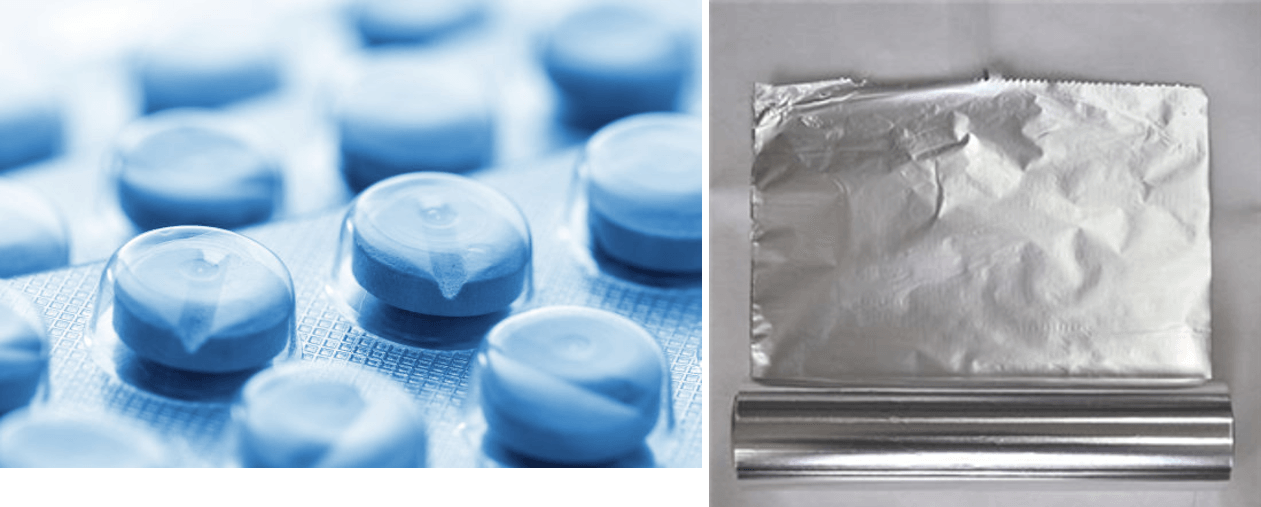
Chemix's Anionic Resin represents a significant leap in the world of packaging adhesives, particularly for aluminium foil applications. This innovative resin is designed to provide exceptional bonding strength while maintaining compatibility with various substrates, including the ever-popular aluminium foil. With its unique formulation, this anionic resin stands out as a preferred choice for manufacturers looking to optimize their adhesive solutions.
Features of Anionic Resin
One of the standout features of Chemix's Anionic Resin is its impressive flexibility and durability, making it ideal for use in both rigid and flexible packaging formats. This resin exhibits excellent adhesion properties specifically tailored for aluminium foil package adhesive applications, ensuring that products remain securely sealed and protected from external elements. Additionally, its water-based nature means that it is low in volatile organic compounds (VOCs), making it an environmentally friendly choice without compromising on performance.
Another key feature is its rapid curing time, which significantly enhances production efficiency during the laminating process. The anionic resin also demonstrates superior resistance to heat and moisture, vital factors when considering medicine package adhesive applications where product integrity must be maintained under varying conditions. Lastly, Chemix’s commitment to quality ensures that their anionic resin meets stringent industry standards, providing peace of mind for manufacturers.
Applications in Aluminium Foil Laminating
The versatility of Chemix's Anionic Resin makes it suitable for various applications in aluminium foil laminating processes. From food packaging to pharmaceutical products, this resin plays a critical role in ensuring that packages are not only attractive but also functional and protective. Its strong adhesion capabilities make it particularly effective as an aluminum blister adhesive, where sealing integrity is paramount.
In addition to traditional packaging uses, this innovative adhesive can be employed in specialty applications such as pouches or sachets that require high barrier properties against moisture and oxygen ingress. The ability to bond effectively with aluminium foil allows manufacturers to create lightweight yet robust packages that enhance shelf life while reducing material usage—an essential consideration in today’s market focused on sustainability.
Moreover, Chemix’s Anionic Resin has been successfully implemented across various sectors beyond food and medicine; personal care products benefit greatly from its reliable performance as laminate glue or best glue for laminate applications. This broad applicability underscores the transformative potential of this game-changing adhesive solution.
Performance Comparison with Other Adhesives
When comparing Chemix's Anionic Resin with other adhesives on the market—especially those used in aluminium foil package adhesive scenarios—the advantages become clear quickly. Many conventional adhesives struggle with heat resistance or moisture barriers; however, Chemix’s formulation excels in both areas thanks to rigorous testing and development processes tailored specifically for high-performance needs.
In side-by-side evaluations involving aluminum blister adhesive options from different brands, Chemix’s product consistently outperforms competitors regarding bond strength and longevity under stress conditions typical of real-world usage scenarios. Furthermore, while some traditional adhesives may emit harmful fumes during application or curing phases due to high VOC content levels, Chemix offers a safer alternative without sacrificing performance quality—a win-win situation for both manufacturers and consumers alike.
Ultimately, when selecting the best glue for laminate needs within the context of packaging adhesives today—especially those involving sensitive products like medicines—the choice becomes evident: Chemix’s Anionic Resin provides unmatched benefits that make it a top contender among industry leaders.
Selecting the Best Glue for Laminate
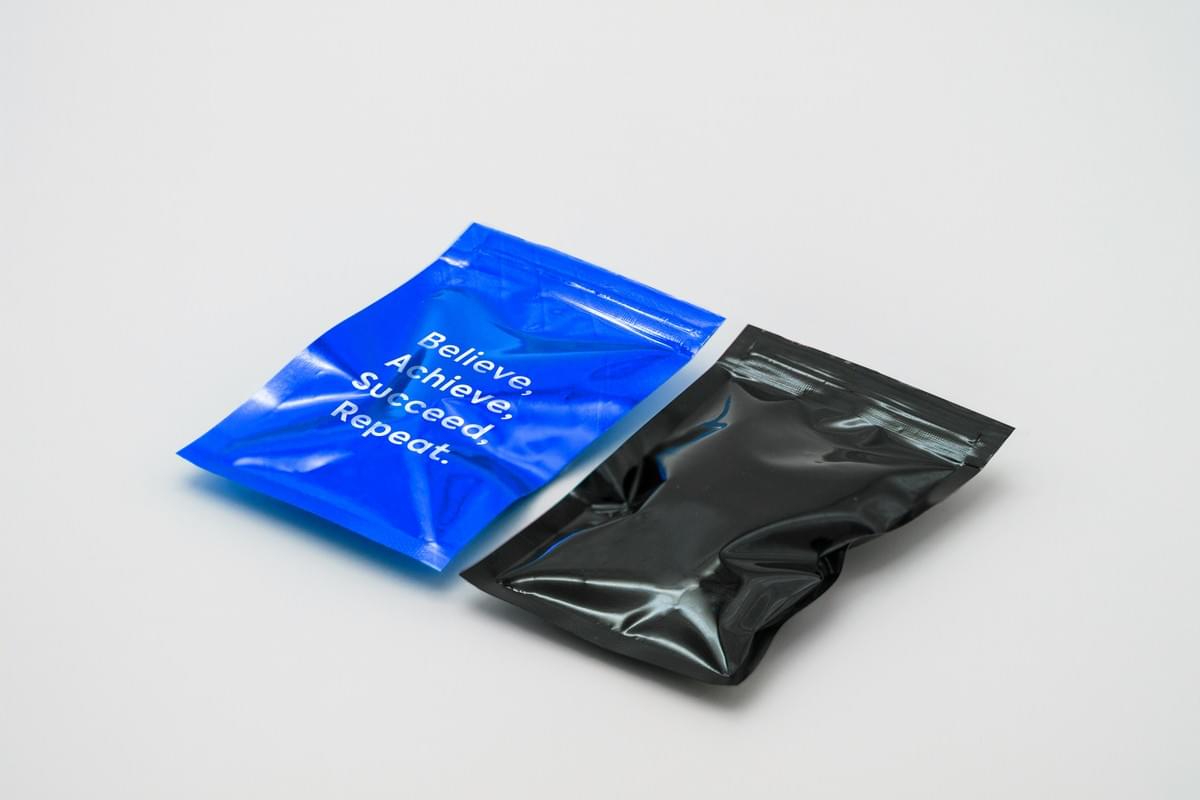
Choosing the right adhesive for laminating can feel like finding a needle in a haystack, especially with so many options available. The best glue for laminate should not only provide strong bonding but also be compatible with materials like aluminum foil. When it comes to packaging adhesives, understanding your specific needs is crucial to ensure durability, safety, and functionality.
Key Factors in Choosing Adhesives
When selecting an adhesive for laminate applications, several key factors should be considered. First and foremost is the compatibility of the adhesive with the materials being used; for instance, aluminum blister adhesive must work effectively with both aluminum foil and any substrate involved. Additionally, curing time and environmental conditions play significant roles; faster curing adhesives may be desirable in high-speed production lines while maintaining strong bond integrity.
Another important consideration is the adhesive's resistance to moisture and chemicals, particularly in applications involving medicine package adhesive where product safety is paramount. The viscosity of the laminating glue also matters—too thick could hinder application processes, while too thin might compromise bond strength. Ultimately, balancing these factors will lead you to the ideal aluminium foil package adhesive that meets your specific packaging needs.
Comparing Aluminium Foil Package Adhesive Options
The market is brimming with various aluminium foil package adhesive options that cater to different requirements and budgets. Water-based polyurethane adhesives are gaining traction due to their eco-friendliness and excellent bonding properties when laminated onto aluminum surfaces. In contrast, solvent-based adhesives may offer stronger initial adhesion but can pose environmental concerns due to volatile organic compounds (VOCs).
When comparing these options specifically for aluminum blister adhesive applications, it's essential to consider performance under varying conditions such as temperature fluctuations or exposure to moisture. Some adhesives excel in providing a robust barrier against external elements while others may falter over time or under stress conditions. Therefore, conducting thorough tests on different types of laminating glue will help identify which performs best based on your unique packaging requirements.
Performance Metrics for Medicine Package Adhesive
In the realm of medicine package adhesive selection, performance metrics become even more critical given regulatory standards and consumer safety concerns. Key metrics include peel strength—which measures how well two surfaces stick together—and shear strength—which assesses resistance against sliding forces applied parallel to bonded surfaces. For medicine packages specifically designed using aluminium foil packages, these metrics ensure that products remain sealed until they reach consumers.
Moreover, testing for moisture barrier properties becomes vital since pharmaceutical products often require protection from humidity that could compromise efficacy or shelf life. Additionally, compliance with health regulations regarding materials used in medical packaging must be verified; this includes ensuring that all components of laminate glue are safe and non-toxic upon contact with medications or supplements. By rigorously evaluating these performance metrics against industry standards, manufacturers can confidently choose the right medicine package adhesive.
Techniques for Successful Lamination
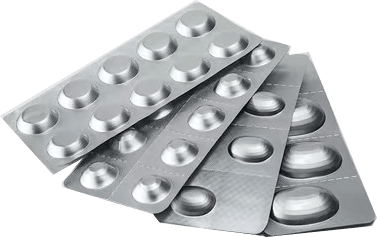
Successful lamination is an art that requires attention to detail, especially when working with packaging adhesives like water-based polyurethane and aluminum blister adhesives. The key to achieving a strong bond lies in the surface preparation, application methods, and understanding curing times. Let's dive into these techniques to ensure your laminate glue performs at its best.
Surface Preparation for Optimal Bonding
Surface preparation is crucial in achieving a durable bond with your aluminium foil package adhesive. Properly cleaning and treating surfaces can significantly enhance adhesion by removing contaminants that inhibit bonding, such as dust, grease, or moisture. For optimal results, consider using solvents or primers specifically designed for aluminum foil laminating to ensure the surfaces are primed for the best glue for laminate.
In addition to cleaning, roughening the surface can also improve adhesion by increasing the area available for bonding. This mechanical interlocking is particularly important when using medicine package adhesive on smooth surfaces like aluminum foil. Investing time in thorough surface preparation will pay off in stronger and more reliable bonds.
Application Methods for Laminating Glue
Various application methods can be employed depending on the scale of production and desired results; options include roll coating, spray application, or using a brush or roller for smaller jobs. Each method has its advantages—roll coating provides even coverage while spraying allows for quick application over large areas.
Regardless of the method chosen, ensuring an even layer of adhesive is critical; too much glue can lead to excessive curing times and potential delamination issues later on. For aluminium foil package adhesive applications specifically designed for medicine packaging solutions, maintaining uniformity minimizes waste and maximizes efficiency during production processes. Remember that choosing the right application technique can make all the difference when working with laminate glue.
Curing Times and Environmental Considerations
Understanding curing times is essential when selecting packaging adhesives like water-based polyurethane or aluminum blister adhesives since these factors directly impact production timelines and product performance. Curing refers to the process where adhesive achieves its maximum strength after application; this may vary based on temperature and humidity levels in your workspace.
For instance, water-based formulations generally have longer curing times compared to solvent-based ones but offer better environmental safety profiles—an important consideration in today's eco-conscious market. It's vital to plan your production schedule around these curing times while also considering any environmental regulations regarding emissions from adhesives used in medicine package applications.
Finally, consider incorporating sustainable practices into your laminating processes by choosing environmentally friendly adhesives that reduce waste without compromising quality or performance standards associated with aluminium foil package adhesive applications.
Future Trends in Packaging Adhesives
The landscape of packaging adhesives is evolving rapidly, driven by technological advancements and increasing environmental awareness. With a focus on enhancing performance while minimizing ecological impact, the future looks promising for water-based formulations. Innovations in adhesive technologies will not only improve bonding strength but also expand applications across various sectors, including medical and food packaging.
Innovations in Water-Based Formulations
Water-based formulations are at the forefront of adhesive innovation, offering significant advantages over traditional solvent-based options. These innovations include enhanced adhesion properties specifically designed for aluminium foil package adhesive applications, ensuring optimal performance even under challenging conditions. Furthermore, developments in aluminum blister adhesive technologies are paving the way for more efficient and effective medicine package adhesive solutions that meet stringent regulatory requirements.
As manufacturers strive to create the best glue for laminate applications, they are exploring new polymer blends and additives that improve flexibility and durability while maintaining low environmental impact. The result is a range of laminating glue options that not only bond well but also contribute to sustainability goals within the packaging industry. This evolution indicates a shift towards adhesives that cater to both performance needs and eco-friendly practices.
Sustainable Practices in Adhesive Manufacturing
Sustainability is no longer just a buzzword; it’s becoming a core principle in adhesive manufacturing processes. Companies are increasingly adopting sustainable practices by sourcing raw materials responsibly and reducing waste during production to create environmentally friendly aluminium foil package adhesives. Moreover, the move towards bio-based materials within aluminum blister adhesive formulations reflects a growing commitment to sustainability without compromising on quality or performance.
Manufacturers are also focusing on lifecycle assessments to ensure their products minimize environmental impact from production through disposal. This approach not only enhances the appeal of medicine package adhesives but also aligns with consumer preferences for eco-conscious products. As sustainability becomes integral to packaging solutions, expect to see an uptick in demand for laminating glue made from renewable resources.
The Evolution of Packaging Solutions
The evolution of packaging solutions has been marked by continuous improvement driven by consumer demands and technological advancements. As we look ahead, expect innovative approaches that integrate smart technology with traditional laminating glue applications—think adhesives that can signal when packages have been tampered with or compromised! Such advancements will redefine safety standards across all sectors, particularly for sensitive products like pharmaceuticals.
In addition, as companies seek out the best glue for laminate applications that offer both functionality and aesthetic appeal, we’ll see more customizable options emerging in the market. This trend will allow brands to differentiate themselves through unique packaging designs while ensuring product integrity with high-performance adhesives tailored specifically for their needs—such as those used in aluminium foil packages or aluminum blister packs.
Conclusion
In summary, water-based adhesives are revolutionizing the packaging industry, particularly in applications involving aluminium foil. Their eco-friendly nature and impressive bonding capabilities make them an ideal choice for various packaging needs. As companies continue to prioritize sustainability, the demand for effective water-based solutions will undoubtedly grow.
Benefits of Using Water-Based Adhesives
Water-based adhesives offer numerous advantages that make them a favorite among manufacturers. Firstly, they are less toxic than solvent-based counterparts, promoting a safer working environment and reducing environmental impact. Additionally, these adhesives provide excellent adhesion properties without compromising flexibility or durability—essential qualities for aluminium foil package adhesive applications.
Why Chemix’s Anionic Resin Stands Out
Chemix's anionic resin is making waves in the adhesive landscape with its unique features tailored for aluminium foil laminating applications. This innovative resin boasts superior bonding strength while maintaining compatibility with various substrates—including those used in aluminum blister adhesive contexts. The performance metrics of Chemix’s anionic resin consistently outperform traditional options, making it a top contender as the best glue for laminate projects.
Additionally, this resin exhibits remarkable resistance to moisture and heat—two critical factors in ensuring long-lasting bonds in challenging environments like medicine packaging. With its ability to cater specifically to the needs of modern packaging adhesives, Chemix’s anionic resin is undoubtedly a game changer that stands apart from conventional products.
Future of Aluminium Foil Packaging Solutions
Looking ahead, the future of aluminium foil packaging solutions appears bright thanks to ongoing innovations in adhesive technology and sustainable practices. As manufacturers seek more efficient methods for producing durable packages using aluminium foil package adhesive systems, we can expect enhanced formulations that meet rigorous performance standards while minimizing environmental impact.
The shift towards eco-friendly materials will also drive advancements in laminating glue products designed specifically for sensitive applications such as medicine package adhesive production. With these trends shaping the industry landscape, we can anticipate exciting developments that will redefine how we view packaging solutions moving forward.
